Accurate temperature measurement is a non-negotiable factor in glass production. A pyrometer thermometer is crucial in this context, offering precise thermal readings without physical contact. It ensures product consistency, enhances energy efficiency, and improves quality control across the manufacturing process.
The glass industry requires tools to withstand high temperatures and deliver real-time data. A pyrometer thermometer fits these criteria perfectly, helping manufacturers monitor critical zones, detect flaws early, and reduce thermal stress on equipment.
What is A Pyrometer Thermometer?
A pyrometer thermometer is a non-contact temperature measuring device to evaluate the heat radiating from an object’s surface. Unlike conventional thermometers, it can assess extremely high temperatures from a safe distance, making it ideal for environments like glass furnaces and kilns.
It belongs to the larger family of pyrometers, including the total radiation pyrometer, IR pyrometer, and optical pyrometer. Each type uses different mechanisms — typically based on radiation or brightness — but all serve to measure thermal energy efficiently.

Applications of Pyrometer Thermometer in Glass Manufacturing
The pyrometer thermometer is indispensable at every stage of glass production. From melting raw materials to final quality inspection, it ensures every thermal zone is within optimal limits.
Furnace Monitoring and Control
Glass melting furnaces operate at temperatures above 1,500°C. Accurate thermal monitoring is essential to maintain product uniformity.
Challenge: Traditional sensors degrade quickly due to prolonged exposure to heat and corrosion.
Solution: Industrial pyrometers, especially non-contact pyrometers, are ideal here. They measure furnace temperatures remotely and provide consistent data without sensor deterioration. Models like Optris pyrometers are particularly effective in such environments.
Forming and Molding
Forming involves shaping molten glass into desired forms using molds or rollers. Temperature uniformity is critical here.
Challenge: Uneven temperatures cause deformities or stress fractures in the glass product.
Solution: A pyrometer thermometer ensures each mold and roller maintains a stable heat level, minimizing production errors. Infrared-based solutions like IR pyrometers allow real-time correction and adaptive control of heating systems.
Annealing Process Management
Annealing removes internal stress from glass by gradually cooling it down in a lehr oven.
Challenge: The glass can crack or become brittle if the temperature drops too quickly or unevenly.
Solution: Using a total radiation pyrometer, manufacturers can monitor the entire annealing belt. These devices detect slight temperature variations and help regulate cooling fans or heaters to ensure slow, even cooling.
Quality Control and Surface Inspection
Visual inspection alone is insufficient for detecting temperature-based defects like hotspots or cold zones on glass surfaces.
Challenge: Small thermal inconsistencies can lead to large-scale quality failures.
Solution: A pyrometer thermometer paired with infrared thermography tools can perform non-invasive, high-resolution surface scans. This allows teams to identify faults early and prevent costly product recalls.
Maintenance and Energy Optimization
A large portion of energy costs in glass manufacturing goes into maintaining furnace temperatures and managing reheating cycles.
Challenge: Without precise data, systems tend to overheat or underheat, wasting energy.
Solution: IR pyrometers and thermal profiling tools enable proactive maintenance. They signal when components deviate from normal thermal ranges, helping to avoid breakdowns and reduce overall energy consumption.
Container and Flat Glass Production
During container and float glass manufacturing, thin sheets or hollow forms are shaped and cooled rapidly.
Challenge: Thin glass cools too quickly and is prone to warping or cracking if the temperature is not accurately controlled.
Solution: Advanced non-contact pyrometers measure surface and edge temperatures even on moving sheets. These measurements help in aligning cooling jets and heating elements for precise control.

Conclusion
Integrating pyrometer thermometers in glass manufacturing has transformed the industry’s ability to produce flawless, high-quality products. Whether it’s furnace operation, molding, or final inspection, these devices offer unmatched precision, reliability, and durability in extreme conditions.
Manglam Electricals supplies high-performance pyrometer thermometers customized for the demanding needs of the glass industry. With a portfolio including leading-edge optris pyrometers and infrared solutions, Manglam ensures accurate temperature control, reduced wastage, and enhanced process automation
